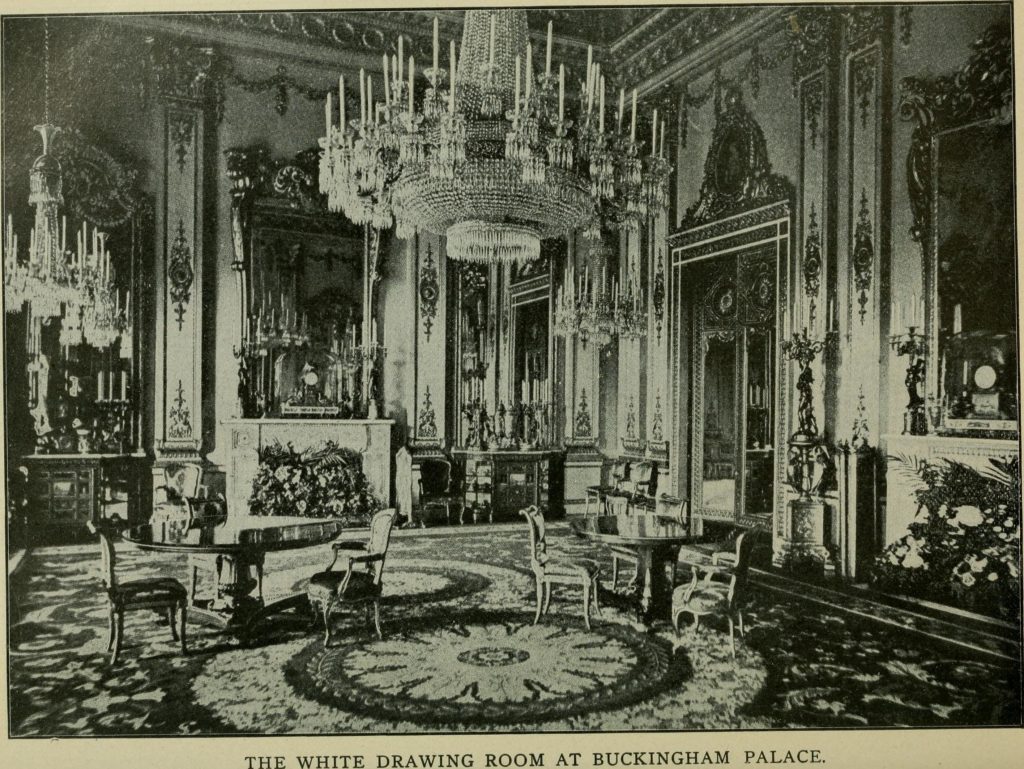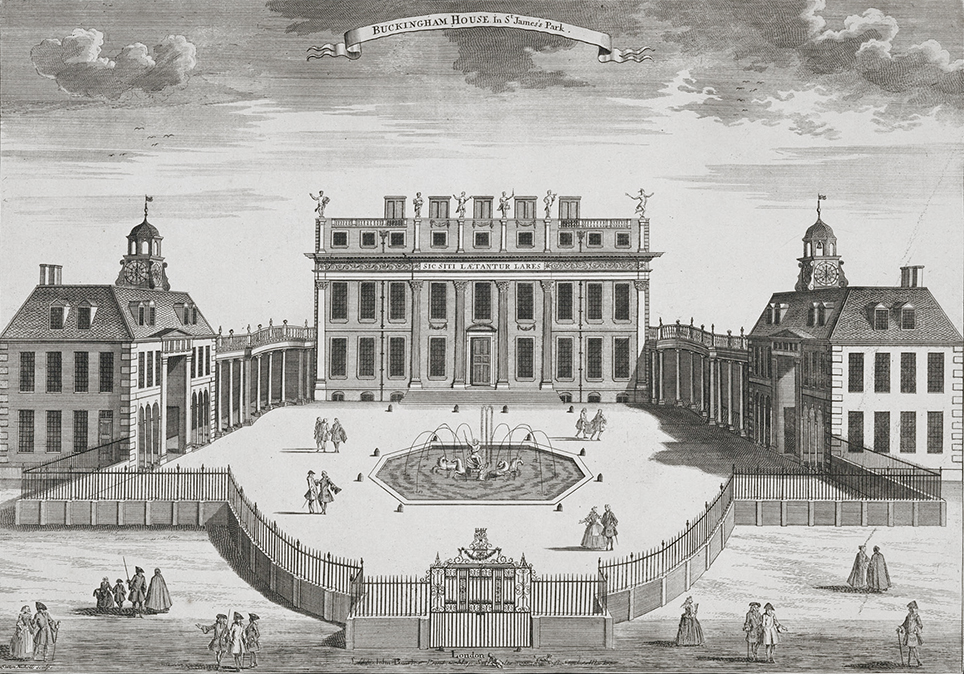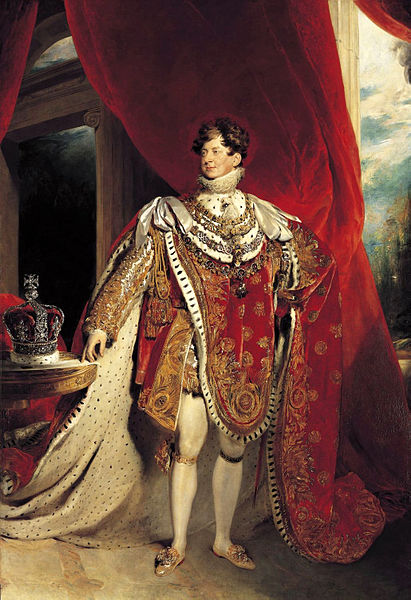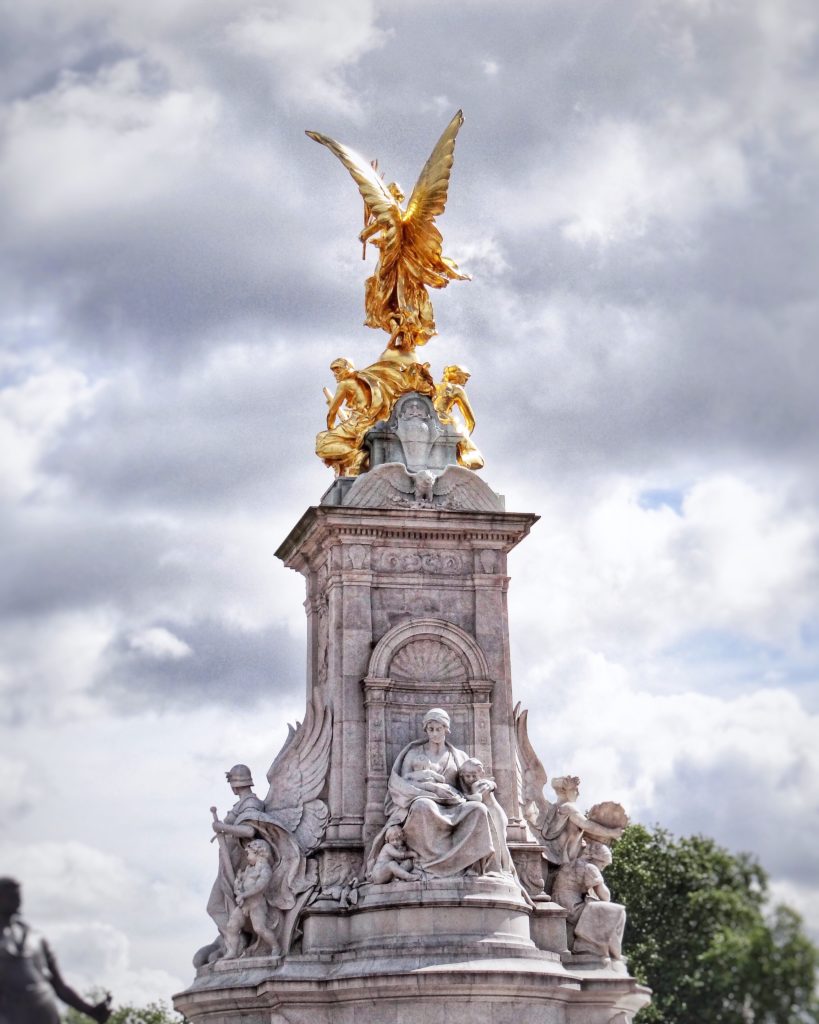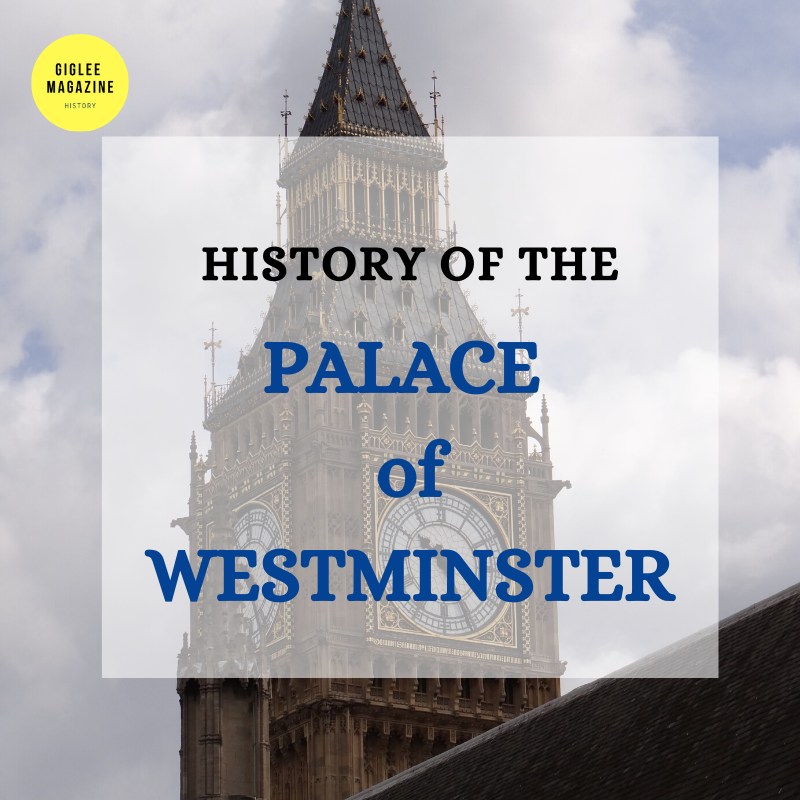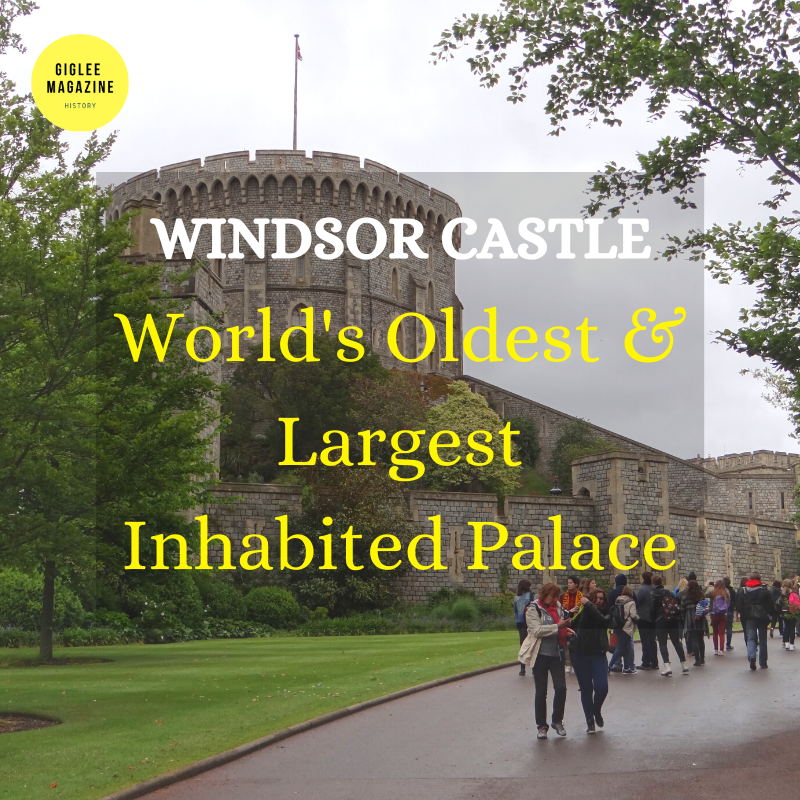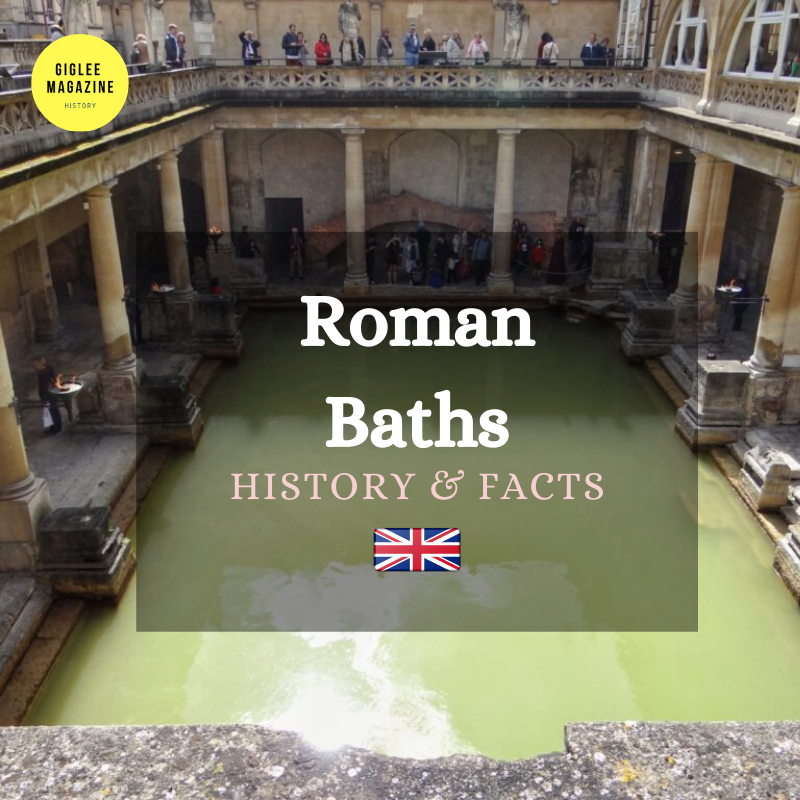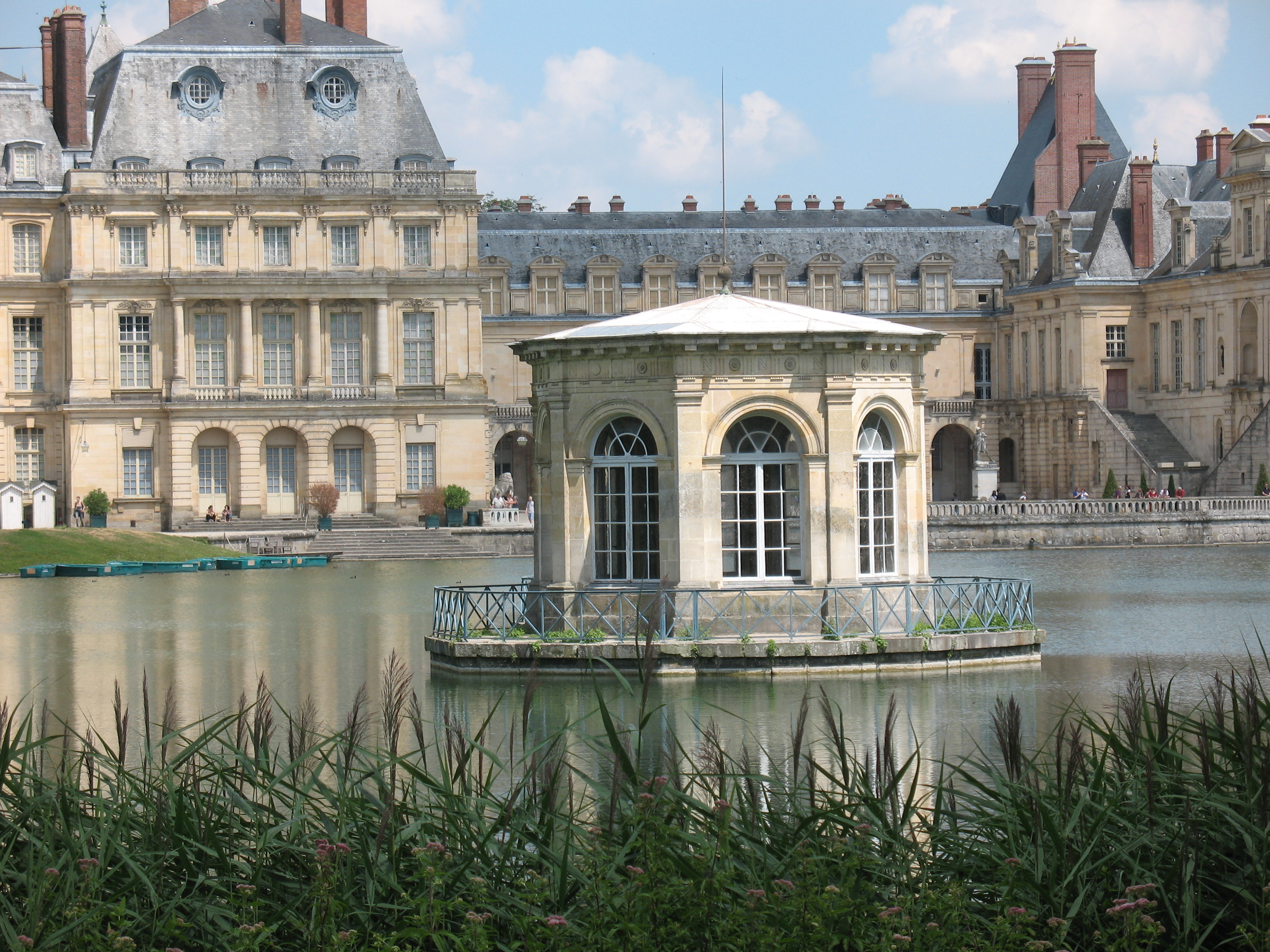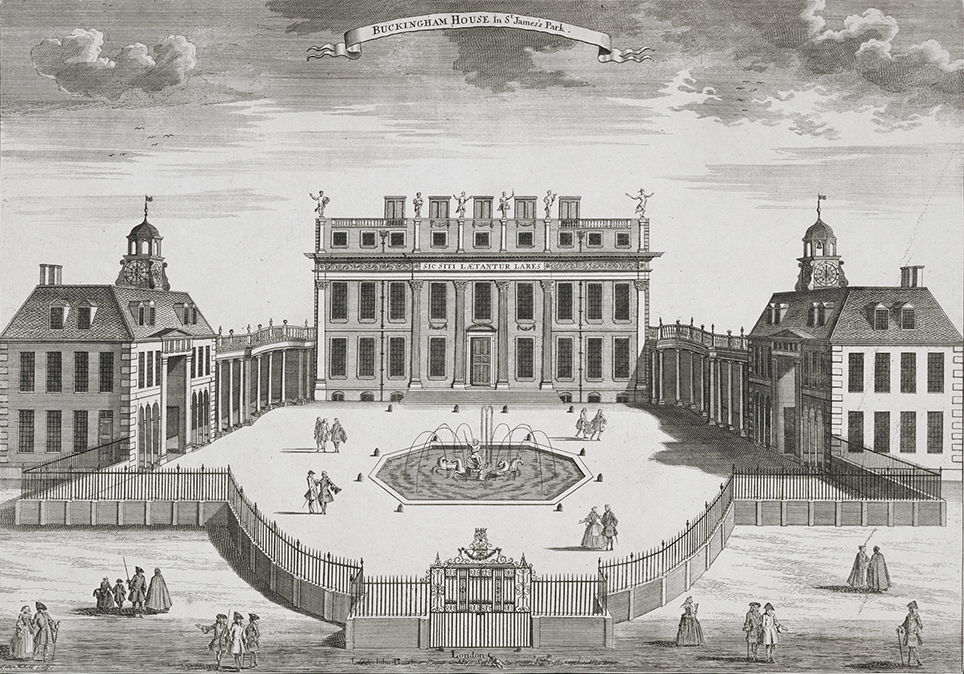
What’s Inside the Buckingham Palace
The house of HM the Queen is not just a style statement but a Monarch’s Palace
Visiting the Buckingham Palace was a dream. It was the closest you can ever get to the Queen, unless you do something so great she invites you to one of her garden parties.
Visitors aren’t allowed to roam the entire palace of course although what you get to see is satisfying.
I had assumed the Buckingham Palace was as old as the British Monarchy itself. I thought it was the place where Henry VIII ruled from and where King John before him behaved hedonistically with his people.
It was only when I was watching one of my favourite movies Young Victoria that I first realised, the Buckingham Palace is new!
It was around this time that I could visit the Buckingham Palace during the summer months it is opened up for tourists.
Visiting The Buckingham Palace
During this tour, I was awestruck by the interiors which I thought were a far cry from the opulent Second Empire style. I could also relate to the chic interiors. They were opulent of course but not too gaudy.
———————————-
Do you want to know what is the ‘Second Empire Style’ I’ve mentioned in ‘What’s Inside the Buckingham Palace’
Find out here
——————————–
Unfortunately and understandably cameras are not allowed inside the Palace. Imagine a visitor starts taking pictures of your house!
And this gave me an opportunity to truly explore and soak in the Buckingham Palace.
You must start your tour with the Change of Guards ceremony which weather permitting, takes place at the front of the Palace at 11am everyday.
You can take in the Victoria Memorial in front of the Palace which has a grim looking Queen Victoria overlooking the ‘Mall.’
The front facade of the Buckingham Palace with the famous balcony is also a wonder to marvel at.
With that you can then walk a few metres to the right hand side of the Palace to book your slot or if you’ve already done that online, enter the Palace after a security check.
Inside the Palace
The first room that welcomes you is the Grand Entrance and Grand Hall.
True to its name, this rectangular room is rather beautiful. What I liked the most, is the use of red, white and gold in a royal setting exuding an elegant aura.
The tour than leads you leftward onto a Grand Staircase. This staircase is a rather opulent and beautiful one. What I noticed were the details carved in or added in to the interior decor.
Throughout this entire tour you’ll come across multiple drawing rooms, a gorgeous Ballroom, a Guard Room built for show purposes only, the Picture Gallery, and of course the Throne Room.
I was also lucky enough to visit the Palace during the Queen’s 90th Birthday celebrations. I know that was a couple of years ago and I am only now sitting down and writing about it:( This is one of the experiences I’ll never forget.
The Ballroom is a huge room, a size of a football ground or more I reckon. The entire fabulously done up room had the Queen’s most important dresses and accessories on display.
The Current Residents
I was shocked to see her Wedding Gown and her Coronation Gown. The best of all was the Uniform specially designed for a young Princess who took part in the World War as a car mechanic. She was the first woman in that regiment and thus needed a feminine uniform.
The Coronation Gown was also a very thought out design. In the 1950s, although most of the British Raj had dismantled, the new 25 year old Queen had integrated flora indigenous to each of the Commonwealth Countries. It was fun to search for the Indian Lotus on the helm.
Even her wedding dress paid for using ration coupons after the World War in 1947 was a sight to see.
I could also gasp at the Queen’s many hats with their plumes and shapes along with her dresses she wore as a young Queen and across the decades till today.
What I found most amusing is the incredible detail that goes behind planning HM The Queen’s outfit. She can’t wake up, rampage in her closet, put something on and leave.
It all starts with the colour of her dress and the meaning behind the colour in the country she is visiting. The colour must also make her stand out in the crowd because the Queen is not very tall either.
The Throne Room was another favourite. As you’ll notice, it is the place where, as newlyweds, Prince William and Catherine Middleton shot their first official wedding pictures.
The Queen and her husband Prince Philip also has taken their first photographs here 70 years ago!
———————————–
Would you like to know how the Queen and Prince Philip met?
Read about their movie like love story here
——————————–
The Throne Room is predominantly in red with hints of cream and gold which gives it an air of superiority. I love the velvety silk golden hue of this room and elegant feel of it. The two Thrones are placed under a proscenium arch which draws the attention to them.
Some more Interiors
The best of the Green, Blue, White and State Drawing Rooms for me was the White Drawing Room.
The white decorated with the gold is just incredible and the most royal but subtle works I have ever seen.
What I loved the best about Buckingham Palace are the chandeliers. They are just so magnificent that they add the grandeur to the room.
And one of the most noticeable things about old Palaces is the lack of corridors. One room opens into another, and another. The idea of a corridor was first used in the 19th century. So in the Buckingham Palace, unlike the other Royal Palaces, you’ll find a few corridors.
And of course, just like any other house, it is difficult to understand a Palace or a home without the history of the people who lived there.
The History of Buckingham Palace
The story of Buckingham Palace begins in the early part of 1600s when the Stuart Monarch James I commissioned a plantation of Mulberries here. By 1628, there was a house standing here.
The first major estate with a big house, a garden, a courtyard and other outhouses with amenities was built in 1633.
After passing a couple of hands the estate finally landed on the hands of the Duke of Buckingham who probably razzed the houses to the ground and built a house here exactly where the Palace now stands.
In 1761, King George III purchased Buckingham House for £28,000 and that same year gifted it to his new bride, Queen Charlotte.
I love it that the joint history of the Buckingham Palace and the British Royal Family begins with King George III and Queen Charlotte, my favourite British monarchs.
The Buckingham House became the Queen’s House very soon. All but one of the 15 Royal children were born here. The House also had the Royal Nursery.
Since the King and Queen were both doting parents, the most of the Royal Household moved to the Buckingham House. It was the political part including the Royal duties that took place at the St James Palace.
When George IV became King after his father he was faced with a question. In the early 19th century, Britain was a thriving global colonial power and yet it didn’t have a stable Royal household.
Making the House a Palace?
To find such a place, George IV turned to his childhood home Buckingham House. He remarked about his feelings towards the Buckingham House, ’early associations which endear me to the spot’ lead him to commission architect John Nash. He asked Nash to convert this house into a Royal Palace.
Nash extended the initial plans of the House. His design was unpopular.
Nash had extended the wings but built them at a height lower than the main house and than taller at the end. Nobody appreciated this weird design. Ultimately Nash had to make it all equal in height.
After King George IV died in 1830, the British Parliament called Nash out on his extravagant expenditure and dismissed him.
The Palace was far from complete meaning that the new King William IV couldn’t move in nor did the new King want to.
The First Monarch Moves In
It was ultimately his niece Queen Victoria who would move in to the Buckingham Palace and reign from here.
The furniture that existed from the Queen’s house, some from Carlton House (demolished) and from Windsor were used to decorate the unfurnished rooms.
Queen Victoria’s husband Prince Albert was interested in doing up the Palace. Since he was a student of the Italian Renaissance style, he used the Palace as his canvas.
The Prince crafted the Palace as a true Royal Palace with opulent work of colours and details.
Victoria and Albert had nine children which meant that they needed extra space.
The Queen wrote to Sir Robert Peel, the Prime Minister, for an extension to the Palace.
At this point of time, the Buckingham Palace had only three sides to it. The famous balcony and this side of the wing didn’t exist.
The architect who had replaced John Nash, Edward Blore was commissioned yet again.
The Buckingham Palace was soon called the ‘Headquarters of Taste’ such was its grandeur.
The Dark Days
In 1861, Queen Victoria suffered the biggest tragedy of her life. She lost her dear Albert very suddenly.
It was as if the curtain had fallen on Buckingham Palace and the lively Court life. The widowed Queen spent most of the next 40 years living Osborne, Windsor or Balmoral. She was hardly home.
Victoria also ordered that any aspect of the Palace designed by Albert must not be touched or changed.
It was probably because of this that her son Edward VII decided to change the gaudy interiors of the Palace into the ones we see today.
Despite his lack in the morality department, Edward VII might have been good at interior decorating.
He used a three colour scheme of sorts mainly the red, white and golden hue. The structure might have remained the same but the colourful gold was reduced to a minimum as much as royally possible.
In 1913, a major restoration was long overdue. A few pieces of masonry had collapsed and due to the years of neglect in Queen Victoria’s reign. It was high time to clean the Palace.
During the summer of 1913, the Palace was covered in scaffolding with men working behind the scenes to redo the Palace while King George V was away.
The Light is Back
You could hear the gasp as the curtains came down and there stood a gleaming new Palace matching the new Victoria Memorial that stood in front of it.
A year later, it was for the first time that King George V and his wife Queen Mary (again my favourites) stood at the balcony to offer support to their country on the eve of the First World War.
This balcony would remain a focal point for the Royal family for years to come.
The next Royal Family to call this Palace home was of course King George VI and his little family.
I personally believe that the King, his wife Queen Elizabeth and two daughters Princess Elizabeth and Princess Margaret turned this Palace into a true residence.
They decided to stay in the Palace during the Blitz where about 160 German planes would bomb the city of London.
The Royals would travel to Windsor at night, return in the morning, visit the people whose houses had been burnt down, provide encouragement, rinse and repeat. They also lived on rations like the rest of the people and limited their meals to just two.
On 15th of August 1945, the day the European part of the Second World War came to an end, the family appeared on this balcony 8 times as a mark of support to the crowds celebrating on the Mall.
Today
It was probably this gesture, that has lead this balcony to be one of the most prestigious ones in the world. Just imagine what the Queen must feel every time she walks out here with her family. Does she remember that fateful day when Europe was free of the World War?
At 92, the Queen is the longest British Monarch in residence at Buckingham Palace. And she has spent most of her life here.
This Palace is yet to see many a monarch come and go.
It has of course seen the multitudes of people who gather here to admire the power of the Palace, watch the change of guards and celebrate a new feat for the nation. And it will surely hear ‘God Save the King/Queen’ for years to come.
Who is your favourite British Monarch? And if you do or don’t have a favourite, have you been to the Buckingham Palace? Comment below.
Please do share the article ‘What’s Inside the Buckingham Palace’ with your friends.
Would you like a Free 2019 Calendar? Get your free copy here.
NOTE: The Bibliography for this post is missing. Please help us credit the sources that deserve it. If you believe your work, or a work you know of needs to be cited here, please write to editor@giglee.in to inform us. DISCLAIMER: The intention of this article is not to hurt anyone's sentiments. The thoughts expressed in the article are purely those stated by the author of the work. The information provided on this website may not be complete, reliable, accurate and/or updated. The details you share with the website will not be shared or sold. We are not liable if in case of theft, your data is stolen. The content on this website is provided without any warranties whether express or implied. If you have a doubt, query or complaint please write to editor@giglee.in and we shall respond as soon as possible.






